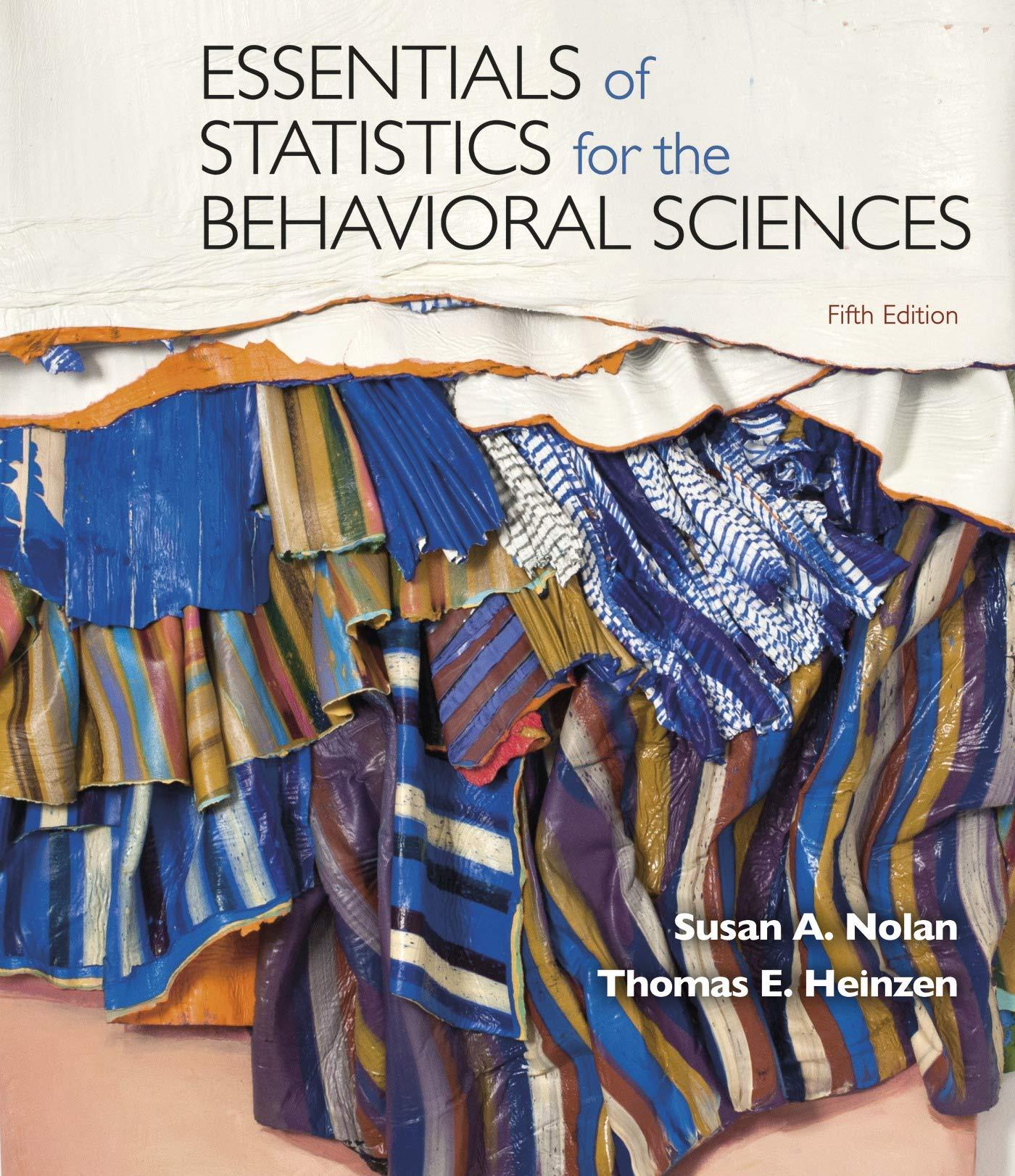3.41 Bar graph versus time series plot of graduate school mentoring: Johnson et al. (2000) conducted a
Question:
3.41 Bar graph versus time series plot of graduate school mentoring: Johnson et al. (2000) conducted a study of mentoring in two types of psychology doctoral programs: experimental and clinical. Students who graduated from the two types of programs were asked whether they had a faculty mentor while in graduate school. In response, 48% of clinical psychology students who graduated between 1945 and 1950 and 62.31% who graduated between 1996 and 1998 reported having had a mentor; 78.26% of experimental psychology students who graduated between 1945 and 1950 and 78.79% who graduated between 1996 and 1998 reported having had a mentor.
a. What are the two independent variables in this study, and what are their levels?
b. What is the dependent variable?
c. Create a bar graph that depicts the percentages for the two independent variables simultaneously.
d. What story is this graph telling us?
e. Was this a true experiment? Explain your answer.
f. Why would a time series plot be inappropriate for these data? What would a time series plot suggest about the mentoring trend for clinical psychology graduate students and for experimental psychology graduate students? g. For four time points—1945–1950, 1965, 1985, and 1996– 1998—the mentoring rates for clinical psychology graduate students were 48.00, 56.63, 47.50, and 62.31, respectively. For experimental psychology graduate students, the rates were 78.26, 57.14, 57.14, and 78.79, respectively. How does the story we see here conflict with the one that we developed based on just two time points?
Step by Step Answer:

Essentials Of Statistics For The Behavioral Sciences
ISBN: 9781319247195
5th Edition
Authors: Susan A. Nolan, Thomas Heinzen






